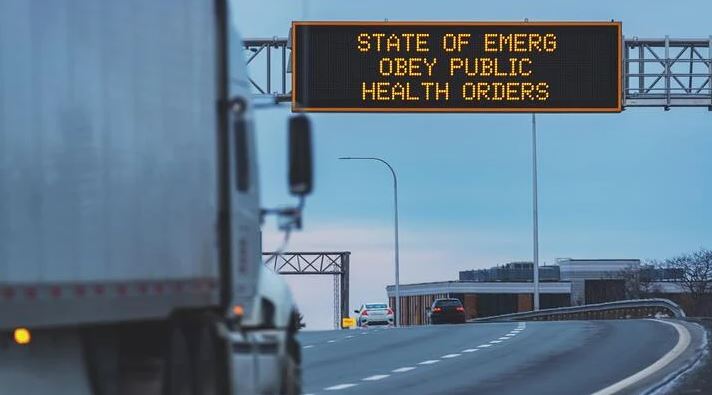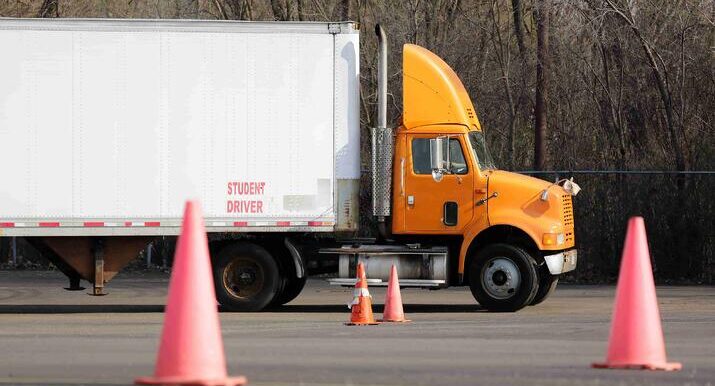
How to Create an Emergency Preparedness Plan for Your Trucking Company
No motor carrier ever wants to be involved in a vehicle-related incident or be pulled into a fraudulent claim. However, due to the high-risk nature of the transportation industry and our current litigious environment, both can happen.
If you disagree, consider a recent study by the National Highway Traffic Safety Administration (NHTSA). In 2020, vehicle miles traveled decreased about 13.2 percent, but the fatality rate per million miles increased 23 percent compared to 2019. The NHTSA study also found the following:
- Occupant ejections were up 20 percent;
- Crashes on urban interstates were up 15 percent;
- Speeding-related crashes were up 11 percent;
- Rollover crashes were up 9 percent; and
- Police-reported alcohol involvement crashes were up 9 percent.
Even if your drivers are doing everything right to try to prevent a crash, other drivers could hit your truck accidentally or intentionally stage a crash. There are even groups who are never involved in a crash but target motor carriers with the intent to file a fraudulent claim.
These statistics show that catastrophic losses involving all motor vehicles are on the rise. The increase points to a higher risk of a large-dollar loss or nuclear verdict. That is why motor carriers need to be prepared in advance if and when any vehicle accident occurs.
One way to get prepared is to develop an emergency action plan (EAP). An EAP is a company-specific set of procedures to help guide personnel step by step through an emergency situation.
From vehicle accidents to natural disasters, having written procedures in place helps ensure a timely and organized response in an otherwise chaotic period. A quick response using an EAP also can help mitigate the severity of any potential losses. With this in mind, here are a few additional topics to consider adding to your EAP.
BUILDING AN EVACUATION PLAN
In the event of a fire or other emergency that could necessitate evacuating the building, having a plan to ensure an orderly exit and accounting of all personnel is essential. This plan can also specify emergency contacts, egress routes, who in the company is authorized to fight fires and in which circumstances.
CLAIM REPORTING
Establish a procedure to ensure all vehicle incidents and work-related injuries are reported to your insurance company immediately. This allows claim adjusters to respond, investigate, and work to settle the claim in a timely manner.
BUSINESS CONTINUITY
The COVID-19 pandemic forced business owners to adapt to and overcome unprecedented service disruptions. Learning from this experience, motor carriers should have a plan to keep the business operating with limited disruption, including information technology disaster recovery.
CALL TO ACTION
- Develop and implement an EAP.
- Ensure all claims are reported within 24 hours of the incident.
- Creating a building evacuation plan.
- Proactive executing emergency procedures.
As always, you can count on the commercial truck insurance professionals at The Daniel & Henry Company to assist you through challenging claims and all of our insurance, risk management, and safety issues. Contact us today to discuss solutions for your transportation risk management program.
Agencies – Feel free to forward this information to your customers.
This material is intended to be a broad overview of the subject matter and is provided for informational purposes only. Great West Casualty Company does not provide legal advice to its insureds, nor does it advise insureds on employment-related issues. Therefore, the subject matter is not intended to serve as legal or employment advice for any issue(s) that may arise in the operations of its insureds. Legal advice should always be sought from the insured’s legal counsel. Great West Casualty Company shall have neither liability nor responsibility to any person or entity with respect to any loss, action, or inaction alleged to be caused directly or indirectly as a result of the information contained herein.


